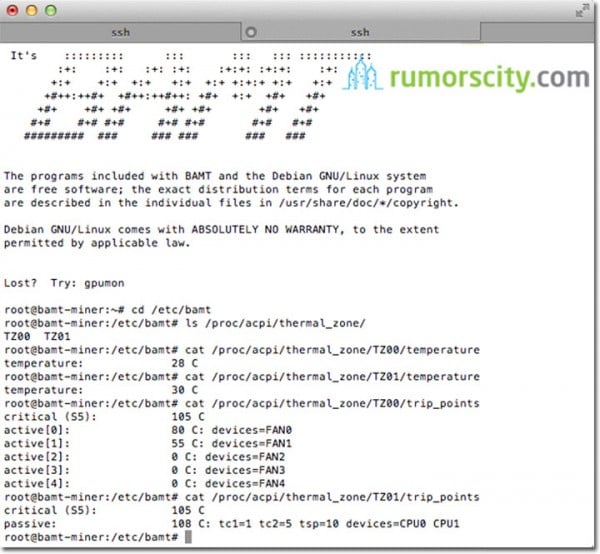

But they have not provided much support for the their cpus so far and provide much more support for the gpus. Unless AMD miraculously provides the drivers directly for Linux.

Took two years for the progress on Zen 3. The same is going to have to happen for Zen 4. The fact that we have sensors available for Zen 3 is because the 3rd party devs finally got their repos upstreamed into the latest hwmon branch of the latest kernels. Forget about the others sensors on the motherboard showing things like voltages or fan speeds until the boards can be reverse engineered.Įven now, the old Zen 3 mobos and mainly Asus boards are only getting basic drivers for the sensors and those don't show up unless you are on 5.19 kernels or better. Based on what I read on Phoronix, you need at least kernel 6.1 to even get the basic temp directly out of the cpu. Unit Monitor runs a script to retrieve Temperature Sensors health state. You have to have the latest kernel branches to even have drivers like k10temp working. Apparently AMD changed everything that worked with Zen 3 so all the devs have to start from scratch. Reverse engineering everything about the Zen 4 cpus and the motherboards. won't release that data into the clear because they consider it proprietary.Ĭorefreq-cli is probing the hardware directly via SMU calls and basically guessing where the registers are and how the data is represented. Linux OTOH is open source and any documentation is public and the mfrs. Windows can because Windows developers have access to the datasheets for the SIO chips because they sign NDA agreements with the manufacturers. Linux includes modules in the kernel that allow it to access onboard sensors within components. To see which system components you can monitor, run sudo sensors-detect. In the left sidebar, click GitHub Copilot. But so far no drivers have been implemented to find the SIO chip registers or addresses they use. The ability to monitor the temperatures of key components is important, whether you’re gaming, overclocking, or doing something more businesslike and running a critical server. To check SSD and hard drive temperatures, execute the following command: sudo hddtemp /dev/sda The output shows the temperature of the selected disk. To continuously monitor the CPU temperature, you can start lm-sensors as a service. In the upper-right corner of any page, click your profile photo, then click Settings.

Check alert context, the ServerView System Monitor or iRMC for more details.Lm-sensors depends on being able to detect the SIO chip on the motherboard. : An instance of the PRIMERGY Component 'Temperatures' is in Critical or Warning state.


 0 kommentar(er)
0 kommentar(er)
